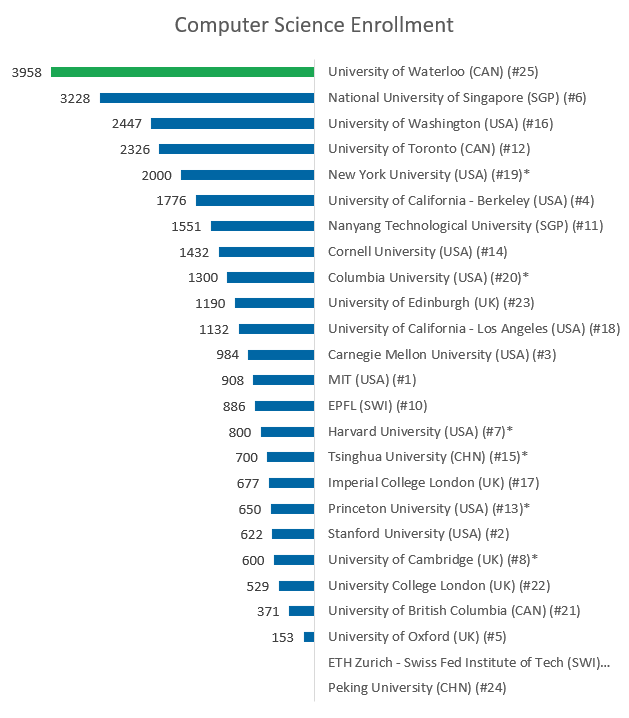Special Education Teaching Strategies: Enhancing Learning for All Students
Special education teaching strategies are essential tools that empower educators to provide personalized and effective learning experiences for students with disabilities. These strategies are designed to meet the diverse needs of students, helping them thrive in the classroom and achieve their full potential. Whether you’re a seasoned teacher or just starting in special education, understanding and implementing these strategies is crucial for creating an inclusive and supportive learning environment. In this article, we’ll explore key special education teaching strategies, how they can be applied effectively, and the impact they have on student success.
Creating a Structured Learning Environment for Success
One of the fundamental strategies in special education is creating a structured learning environment. A structured classroom provides clear expectations, routines, and organization, which helps students with disabilities feel secure and better able to focus on their tasks. For students with attention or behavioral challenges, having a predictable routine reduces anxiety and increases their ability to engage with the material.
For example, teachers can implement visual schedules, clear classroom rules, and consistent transitions between activities to help students understand what to expect throughout the day. Using tools like timers or visual reminders can further enhance the structure, keeping students on task and helping them develop independence in following routines.
Using Differentiated Instruction to Meet Diverse Needs
Differentiated instruction is a key strategy that allows teachers to cater to the diverse learning needs of students. In a special education classroom, students have varying abilities, learning styles, and paces, so using a one-size-fits-all approach is rarely effective. Differentiation involves adapting content, process, and product to accommodate each student’s unique needs and abilities.
Teachers can differentiate instruction in various ways, such as providing visual aids, using assistive technology, or offering extended time for tasks. By breaking down lessons into smaller, manageable parts and presenting information in multiple formats (auditory, visual, and kinesthetic), teachers can ensure that all students, regardless of ability, can access and engage with the curriculum.
Implementing Behavior Management Strategies
Behavior management is a critical aspect of special education. Many students with disabilities may struggle with behavior challenges that affect their ability to learn. Effective behavior management strategies help create a positive, supportive learning environment where students feel respected and are encouraged to participate in class.
One successful approach is the use of positive reinforcement. By rewarding desired behaviors—such as following directions, completing tasks, or engaging in appropriate social interactions—teachers can help students learn self-regulation and develop positive habits. Additionally, setting clear expectations and providing consistent feedback ensures that students understand the consequences of their actions, both positive and negative.
For students who struggle with behavior, individualized behavior intervention plans (BIPs) can be developed to address specific challenges and promote success. These plans typically include targeted goals, strategies for behavior modification, and regular progress monitoring.
Using Assistive Technology to Enhance Learning
Assistive technology has transformed the way special education teachers can support students with disabilities. From text-to-speech software to communication devices, technology provides students with tools that enable them to overcome barriers to learning. These tools can be particularly beneficial for students with reading, writing, or communication challenges, as they provide alternative ways to engage with the content.
For example, speech recognition software helps students who have difficulty writing by allowing them to dictate their thoughts. Similarly, visual organizers and interactive apps can assist students with learning disabilities in organizing their thoughts and staying engaged with lessons. By integrating these tools into the classroom, teachers can provide a more inclusive and accessible learning environment for all students.
Fostering Social and Emotional Learning (SEL)
Social and emotional learning (SEL) is a crucial aspect of special education. Students with disabilities often face unique social and emotional challenges, including difficulties with self-regulation, communication, and peer relationships. Teaching SEL skills, such as empathy, self-awareness, and conflict resolution, helps students build positive relationships, manage emotions, and navigate social situations.
Special education teachers can foster SEL by incorporating activities that encourage teamwork, problem-solving, and emotional expression. Role-playing, group discussions, and peer mentoring are effective ways to teach these skills. By integrating SEL into the curriculum, teachers help students not only succeed academically but also develop the social and emotional skills needed for lifelong success.
Frequently Asked Questions
1. What are some common strategies for managing behavior in special education classrooms?
Common strategies include positive reinforcement, setting clear expectations, using visual cues, and implementing individualized behavior intervention plans (BIPs). Consistent, fair, and supportive approaches help students learn self-regulation.
2. How can differentiated instruction be applied in a special education classroom?
Differentiated instruction can be applied by tailoring lessons to meet the needs of individual students. Teachers can modify content, offer various ways to present information (visuals, audio, hands-on activities), and adjust the pace to ensure all students can engage with the material.
3. What types of assistive technology are beneficial for students in special education?
Assistive technologies include text-to-speech software, speech recognition programs, visual organizers, communication devices, and interactive learning apps. These tools help students with disabilities access content and communicate more effectively.
4. Why is social and emotional learning important in special education?
Social and emotional learning (SEL) is important because it helps students develop skills for managing emotions, building relationships, and navigating social situations. SEL is essential for students’ overall development and can improve behavior and academic performance.
5. How can I create a structured learning environment in my classroom?
To create a structured environment, use visual schedules, set clear classroom rules, establish consistent routines, and use visual or auditory cues for transitions. A predictable routine helps students feel secure and supports their ability to focus on learning.


